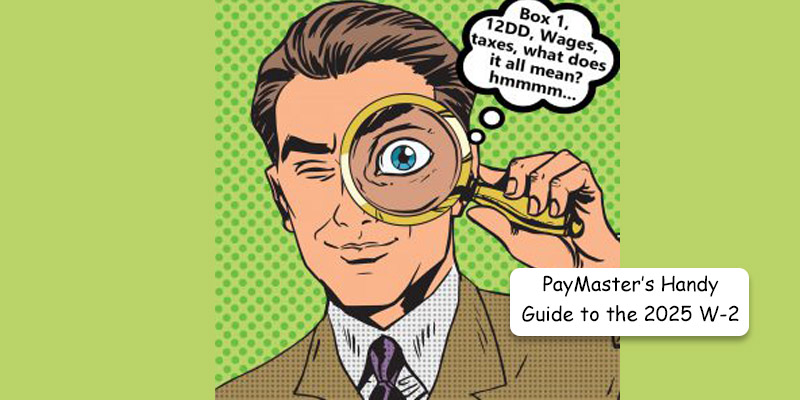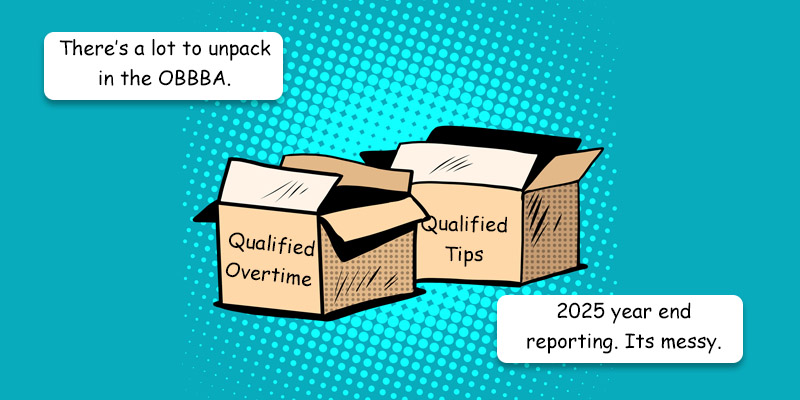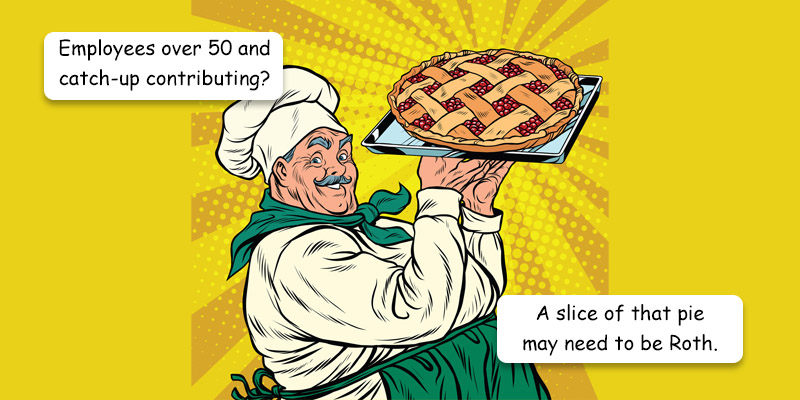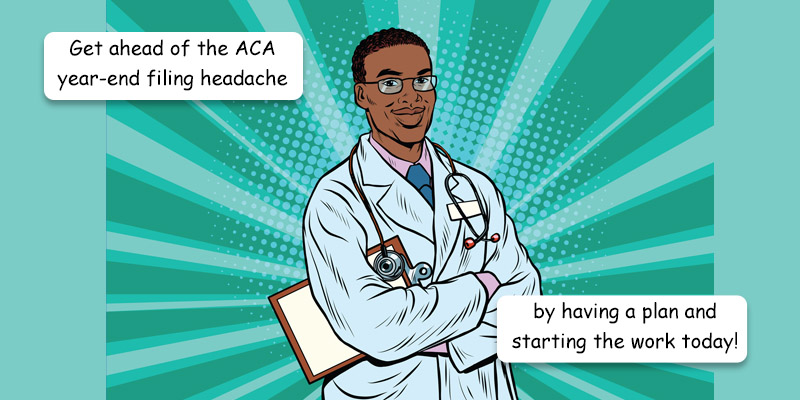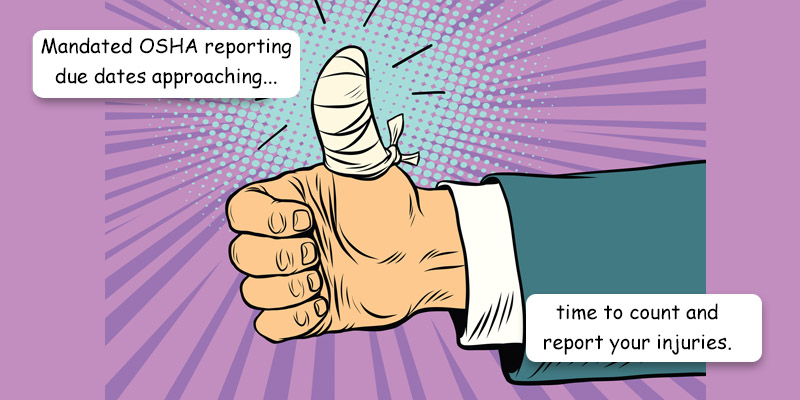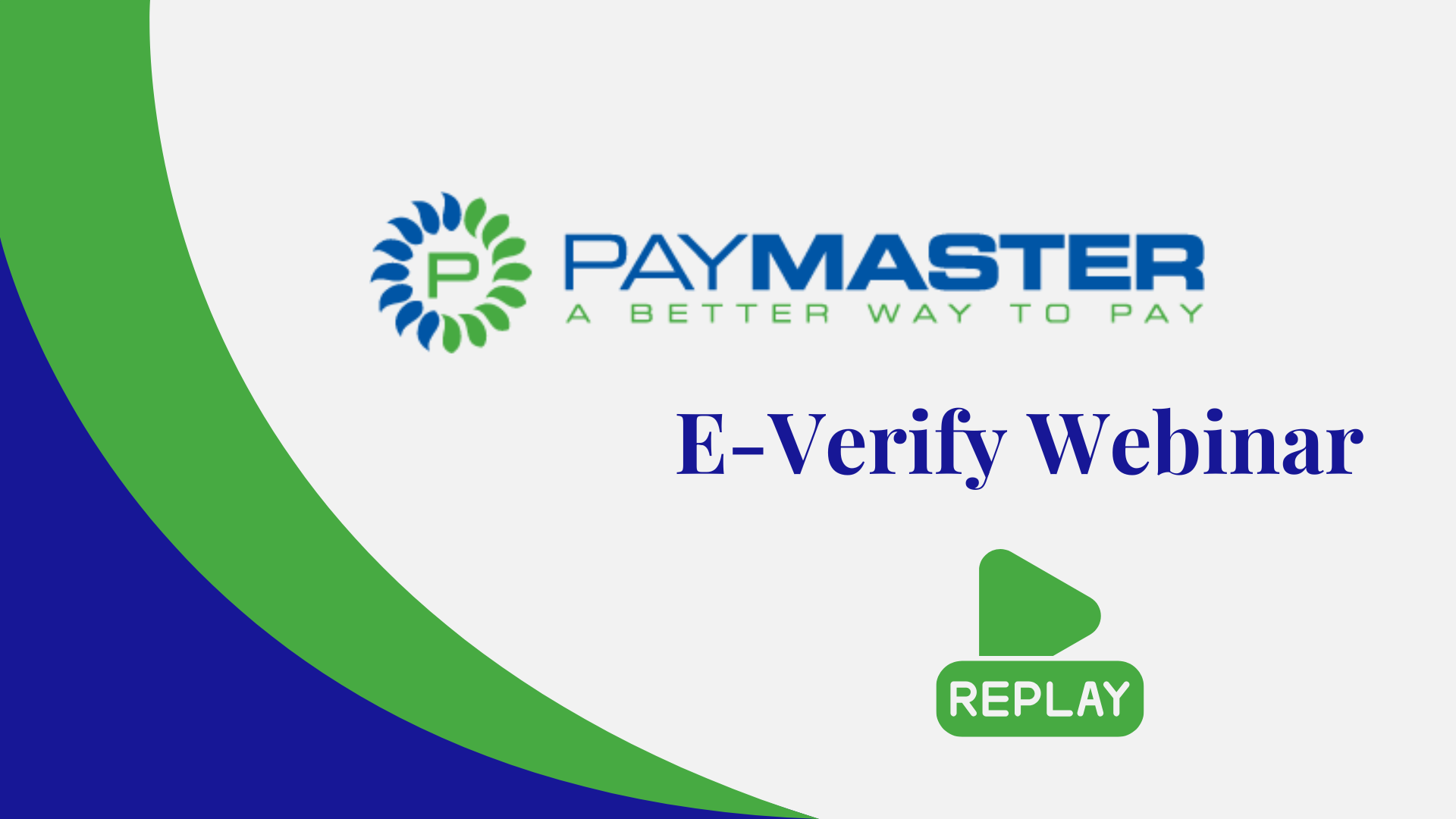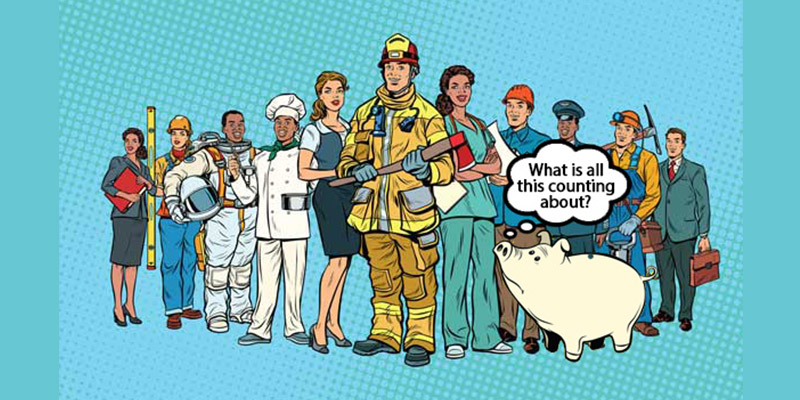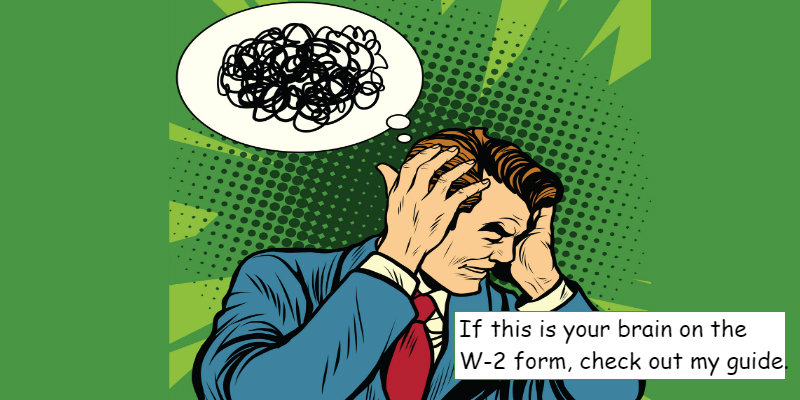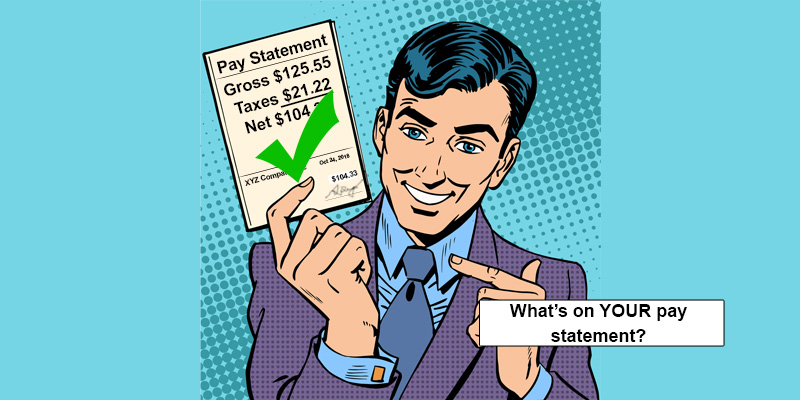Over the next few weeks, as your employees start to receive their 2025 W-2 form, they will likely have questions as to what all those numbers mean. For example, it is not uncommon for a salaried employee who earns a salary of “$50,000” per year question why their Box 1 Wages only reflects $45,000. Did they get underpaid? Probably not. If the employee contributes to a pension plan (aka 401(k)) or has pre-tax insurance deductions, then those amounts reduces the “taxable” wage, which is what is represented in Box 1. Some employees may also wonder why their Federal Income Tax…
Posts published in “Reporting”
As discussed in our earlier blog post here, the One Big Beautiful Bill Act (OBBBA) allows for a provision of “no tax” on tips and overtime. This has turned out to be a bit of a mess, as it pertains to 2025 reporting to the employees, due to insufficient time for the Social Security Administration and the IRS to make the changes to their forms to account for it. Not to mention many payroll systems were not prepared for this brand new retroactive reporting, especially as it pertains to qualified overtime. With that being said, 2025 will be treated as…
The SECURE 2.0 Act of 2022 was designed to enhance retirement savings for Americans by making it easier and more affordable to save. Each year, since the signing of this act, we have seen plan rules change, and 2026 will mark another key change in how catch-up contributions will be handled for high wage earners. The current rules state that if you are aged 50 or over, at any point during the calendar year, you can contribute an additional $7,500 on top of the regular contribution limit. The latter is also known as a catch-up contribution. For 2025, the regular…
The Affordable Care Act (ACA) went into effect over a decade ago on January 1, 2014. While we would hope that it is second nature by now, we find that for many, the year-end deadline still sneaks up on us and causes undue stress. Confucius said “Success depends upon previous preparation, and without such preparation, there is sure to be failure,” so with a little bit of preparation now, one can be ahead of the game when we get to December. Here is what can be done ahead of time: It goes, without saying, that the first step is determining…
OSHA Recordkeeping and Reporting Begins February 1 The Occupational Safety and Health Act of 1970 created the Occupational Safety and Health Administration (OSHA) to ensure safe and healthful working conditions for workers. It is a division of the U.S. Department of Labor and they set and enforce standards, as well as reporting requirements. In short, it is one more set of government regulations many businesses will need to comply with, or otherwise, face penalties. Form 300A Posting Requirement From February 1 to April 30, 2025, covered employers* with 11 or more employees at any time in 2024, must post OSHA…
E-Verify is now mandated to be performed on all new employees in the state of Florida. Check out this webinar replay for all the information you need to know.
Selecting a health insurance plan for your employees is harder than ever, with the exponentially rising costs and endless number of plans. Not only are there many different carriers to choose from, but there are also three different types of plans available: Fully-insured health plan: You may even call this the traditional insurance plan, where the employer pays a monthly premium and the insurance company pays all claims. Self-funded health plan: This is where the insurance company is paid an administrative fee and the employer acts as the insurer, paying the claims as they are incurred. This plan is typically…
All private employers, even Old MacDonald, who are subject to Title VII of the Civil Rights Act of 1964 (as amended by the EEO Act of 1972) with 100 or more employees and have establishments located in the 50 states or DC are required to file the Standard Form 100 (aka EEO-1) each year. The due date changes each year, and is often extended. As of the time of this article, the 2021 filing is due by Tuesday, May 17, 2022. This includes state and local governments, primary and secondary school systems, institutions of higher education, Indian tribes, and tax-exempt…
Over the next few weeks, as your employees start to receive their 2018 W-2 form, they will most likely have questions as to what all those numbers mean. For example, it is not uncommon for a salaried employee who earns $50,000 per year question why their Box 1 Wages only reflects $45,000. The response is, ‘do you contribute to a pension plan or have pre-tax insurance, then if so those amounts reduce your “taxable” wage, which is what appears in Box 1’. To assist you with those questions, here is an explanation of what is in each box and what…
I have previously written about how to pay, when to pay, and even the method to pay employees, so now let’s look at what needs to be provided to an employee with their check (their pay stub). Similar to my last article about when a final check is due to a separated employee, there is no Federal law which means the power to dictate is in the hands of each state. This certainly can become confusing to a company who operates in multiple states, and the best practice here is to comply with the state that has the most requirements. We will…

